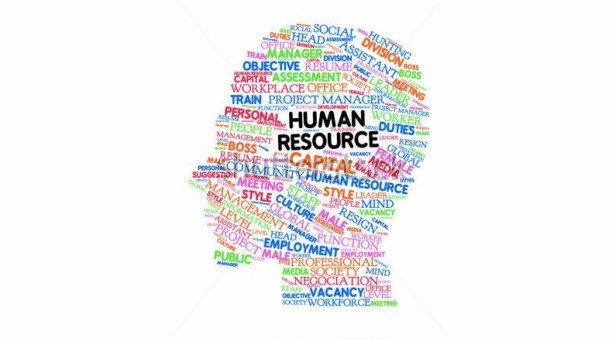HR Nightmares Employers Must Avoid
Post Views 2A human resources department can create a lot of problems for a company, just take it from LegalZoom general counsel Chas Rampenthal.
“HR is about more than a manual, more than classes and training. We think of it as a living, breathing organism that works inside the culture of the company. Business owners need to have the proper policies in place, and they have to manage and enforce those policies.”
The rules and regulations that govern employers are complex and constantly evolve. Laws governing human resources also differ from state to state, which mean what is acceptable in New York might not be the same in New Rhode Island or California.
Rampenthal says that companies can avoid common human resources mistakes outlined in the post, which will help keep the legality portion of the work in check.
Is your worker an employee or an independent contractor? This problem represents one of the more difficult issues that companies deal with today. “Employers who improperly classify workers can run into serious penalties with regards to taxes, withholdings and overtime wages,” Rampenthal said. There have been standards created by the federal government for the entire nation when it comes to defining what a worker is. If an employer provides the worker with materials for the job and controls his or her work, then the worker will be deemed an employee.
The section of overtime pay is very tricky in the United States. The laws for overtime pay vary from state to state. California pays employees overtime when they work more than eight hours per day and more than 40 hours per week. Other states set their overtime limits on weekly numbers. “One of my friends runs an auto shop in California, and his employees asked if they could work 10 hours a day for four days a week, giving them a 40-hour workweek but a long weekend,” Rampenthal said. “He told them sure, and then three years later, he got sued by one of those employees and had to pay back a ton of overtime for making them work more than eight hours a day. That’s where you have to be careful with HR laws.”
If an employee stays in the office during a break, an employer can run into some problems. “I knew a manager at the Gap who would force employees to leave the store during their breaks,” Rampenthal said. “Some would want to shop for those 15 minutes, but when customers came up to them with questions, naturally, they would help them find what they needed. Well, employers can get in trouble for that, because their workers aren’t taking proper breaks.”
This rule also applies to those who wish to eat at their desk while on break. Most of those people will want to surf the web while on break, which they could then claim was work when they should have been on a break. Easy solutions to these problems are to have a break room where everyone must spend their break or to force employees to leave the office during their break.
“Many business owners have firing procedures, but most don’t actually follow them,” Rampenthal said. “And if you’re not going to follow them, it’s almost better not to have a procedure at all.”
Sometimes, employers fire employees because of bad decisions and gut reactions or emotions. “You can’t put an evaluation and review process in place and then just fire someone despite the fact they have A-pluses across the board on recent performance reviews,” he said. “Generally, you must have a firing process and you must follow that process equally for all employers.”
Another major problem is harassment, which can occur anywhere in the workforce. Investigations run internally by companies can help to solve harassment within smaller companies. Rampenthal said that as a company grows beyond 50 employees, or a serious accusation is made, the company should use an outside HR professional to solve the problem.
HR Nightmares Employers Must Avoid by Harrison Barnes


 10 Things to Look for When Hiring
10 Things to Look for When Hiring  When to Visit Human Resources
When to Visit Human Resources  How the HR Department Changed in the Last Ten Years
How the HR Department Changed in the Last Ten Years  The Most Popular 20 Employer Articles for Gig in 2015
The Most Popular 20 Employer Articles for Gig in 2015  Generation Y is Changing Corporate America
Generation Y is Changing Corporate America